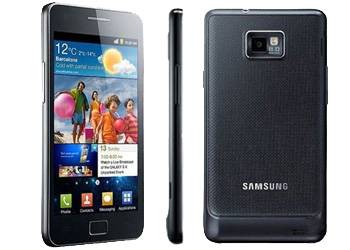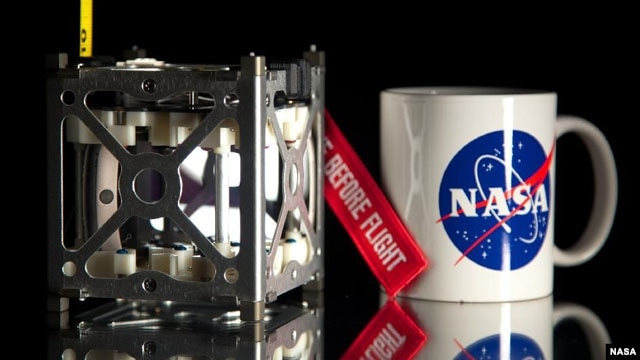- Banned
- #1
Galaxy S2 becomes top smartphone: US magazine
Samsung Electronics Co.'s Galaxy S2 smartphone was named as the best smartphone by a well-known U.S. magazine in its latest handset survey, industry sources said Monday.
Consumer Reports recommended the Galaxy sequel as the best smartphone pick for subscribers of three major mobile carriers in the United States.
The magazine gave the Galaxy S2 rolled out by AT&T Inc. a score of 80, the highest among smartphones available at the No. 2 mobile operator in the U.S.
The Galaxy S2 models released by T-Mobile and Sprint Nextel Corp. also received the highest scores among the operators' smartphones.
For subscribers of Verizon Communications Inc., the only major U.S. mobile carrier that did not release the Galaxy S2 smartphone, Consumer Reports recommended the Droid Bionic smartphone, an Android-power handset by Motorola Mobility Holdings Ltd.
The Galaxy S2 received the top scores in the categories of screen, usability, messaging and Web browsing. The magazine also praised its voice calls, camera functions and battery life.
Other Android-based smartphones by HTC Corp. and LG Electronics Inc. also ranked high on the list compiled by Consumer Reports.
On the other hand, the U.S. magazine gave lower scores for Apple Inc.'s iPhone 4S.
The iPhone 4S was ranked fourth on the list of smartphones recommended to AT&T's service subscribers. It failed to rank in the top five of other mobile operators' smartphone lists.

Samsung Electronics Co.'s Galaxy S2 smartphone was named as the best smartphone by a well-known U.S. magazine in its latest handset survey, industry sources said Monday.
Consumer Reports recommended the Galaxy sequel as the best smartphone pick for subscribers of three major mobile carriers in the United States.
The magazine gave the Galaxy S2 rolled out by AT&T Inc. a score of 80, the highest among smartphones available at the No. 2 mobile operator in the U.S.
The Galaxy S2 models released by T-Mobile and Sprint Nextel Corp. also received the highest scores among the operators' smartphones.
For subscribers of Verizon Communications Inc., the only major U.S. mobile carrier that did not release the Galaxy S2 smartphone, Consumer Reports recommended the Droid Bionic smartphone, an Android-power handset by Motorola Mobility Holdings Ltd.
The Galaxy S2 received the top scores in the categories of screen, usability, messaging and Web browsing. The magazine also praised its voice calls, camera functions and battery life.
Other Android-based smartphones by HTC Corp. and LG Electronics Inc. also ranked high on the list compiled by Consumer Reports.
On the other hand, the U.S. magazine gave lower scores for Apple Inc.'s iPhone 4S.
The iPhone 4S was ranked fourth on the list of smartphones recommended to AT&T's service subscribers. It failed to rank in the top five of other mobile operators' smartphone lists.





